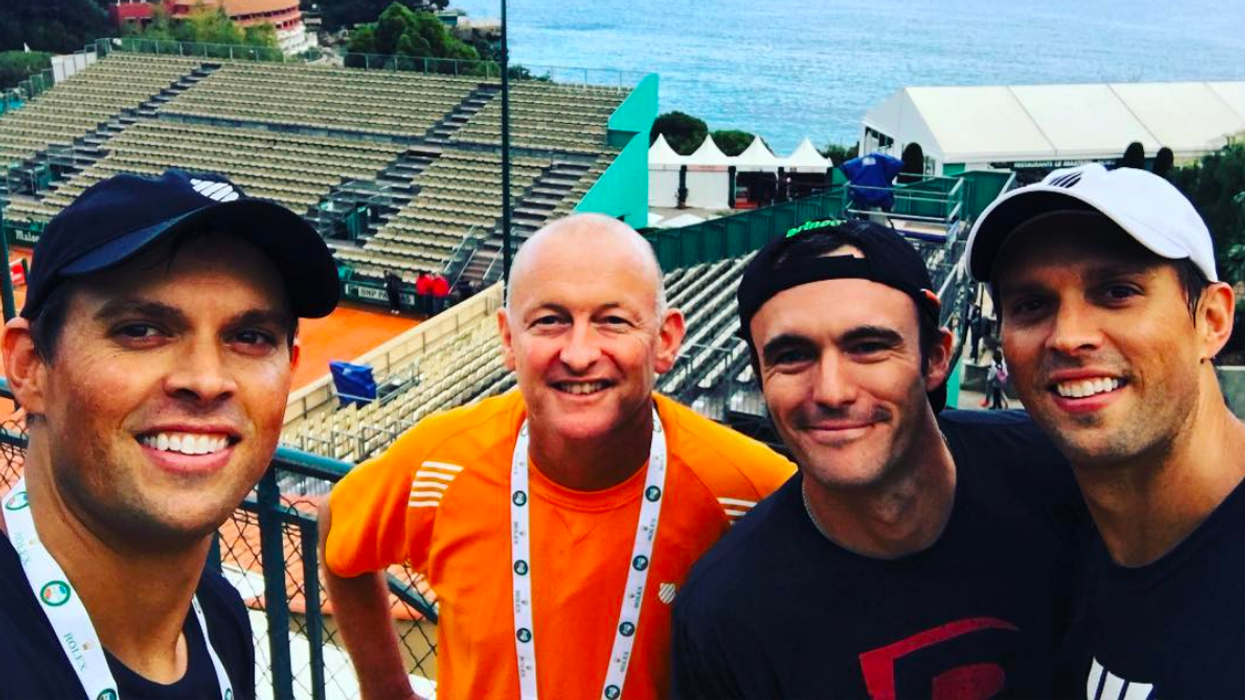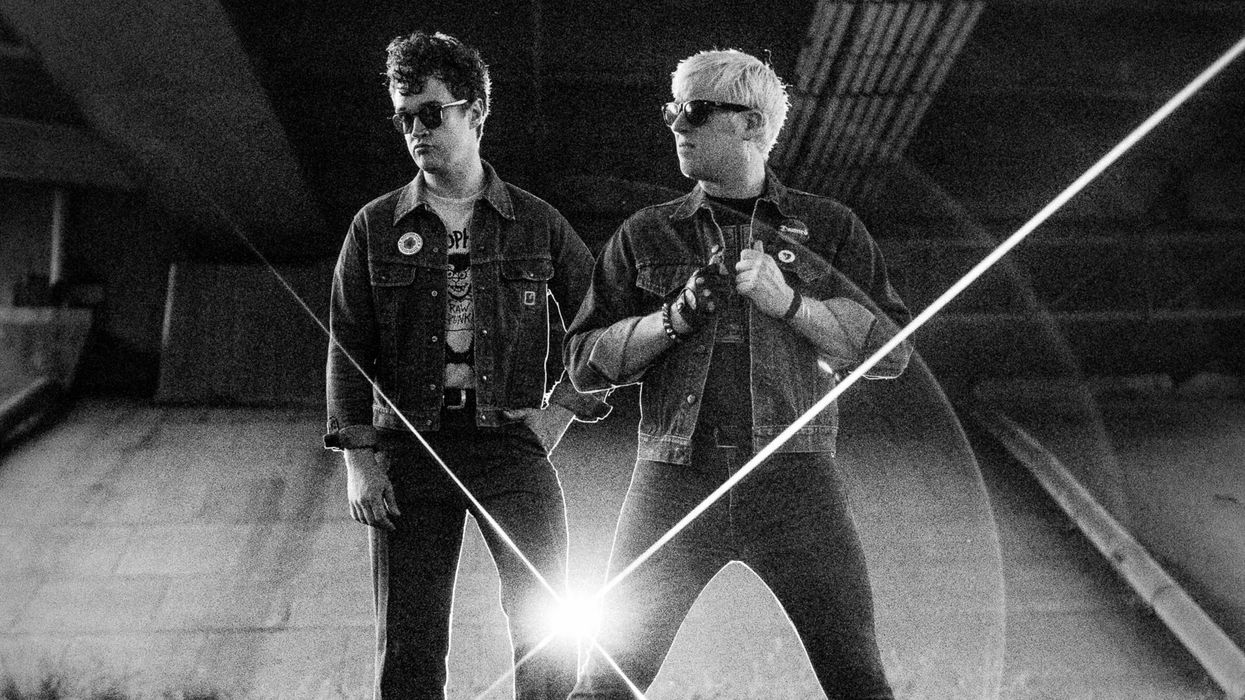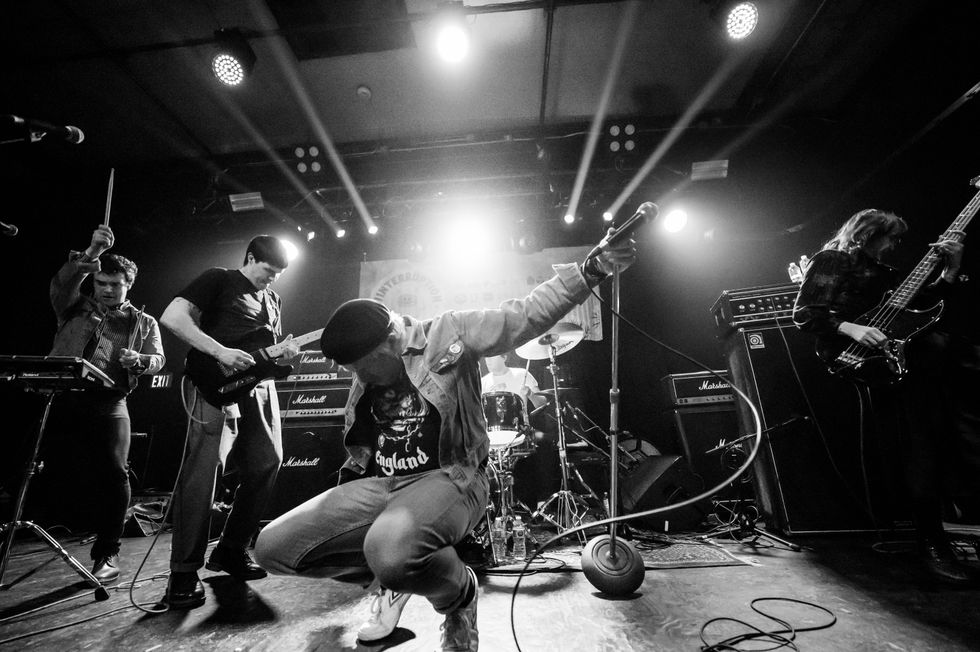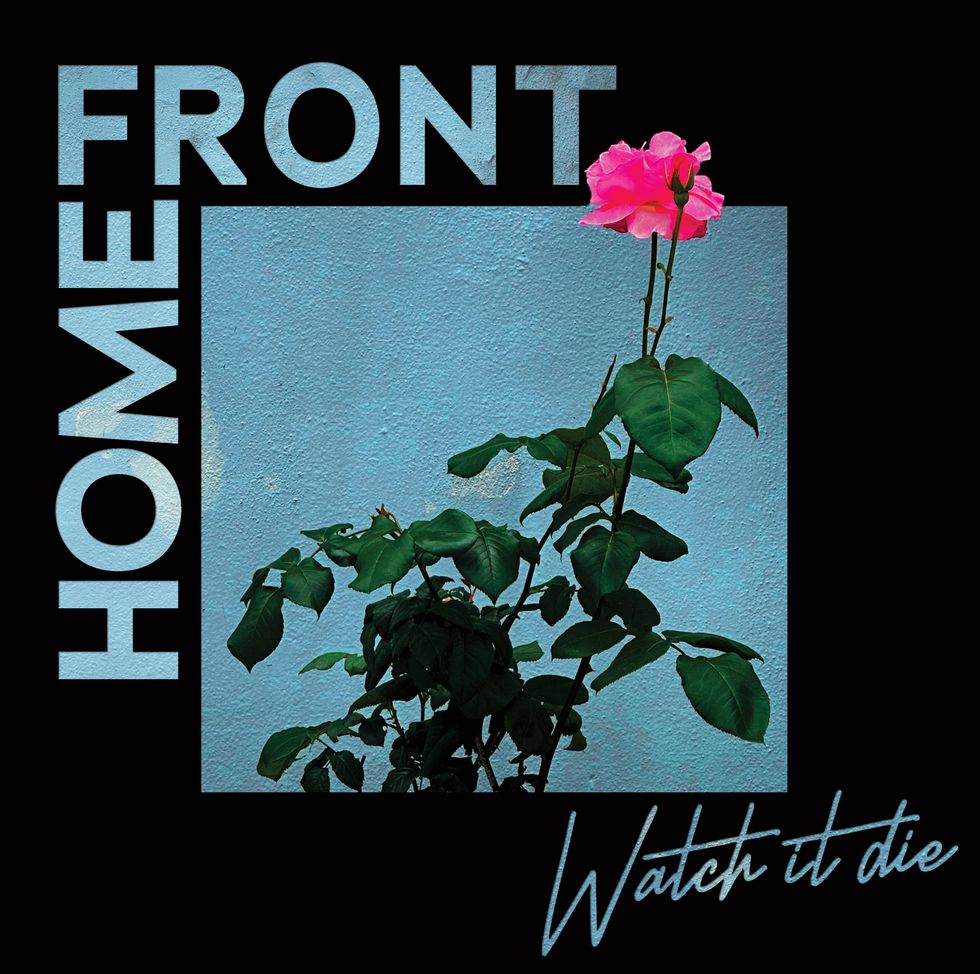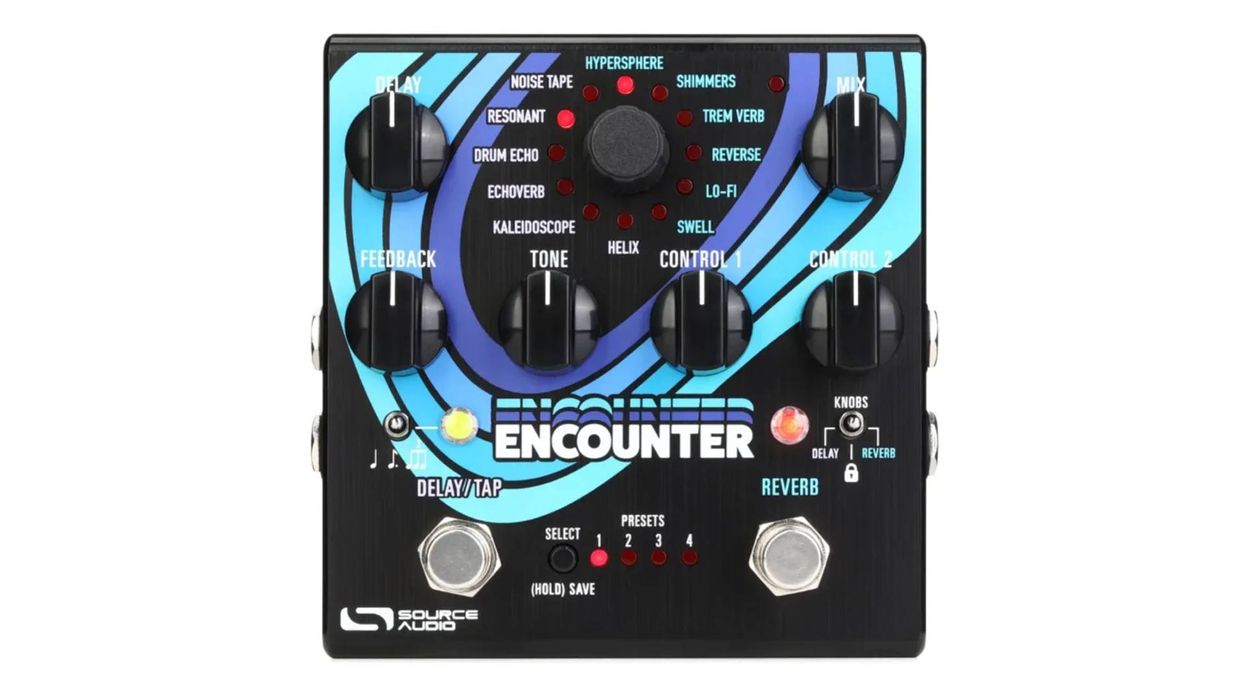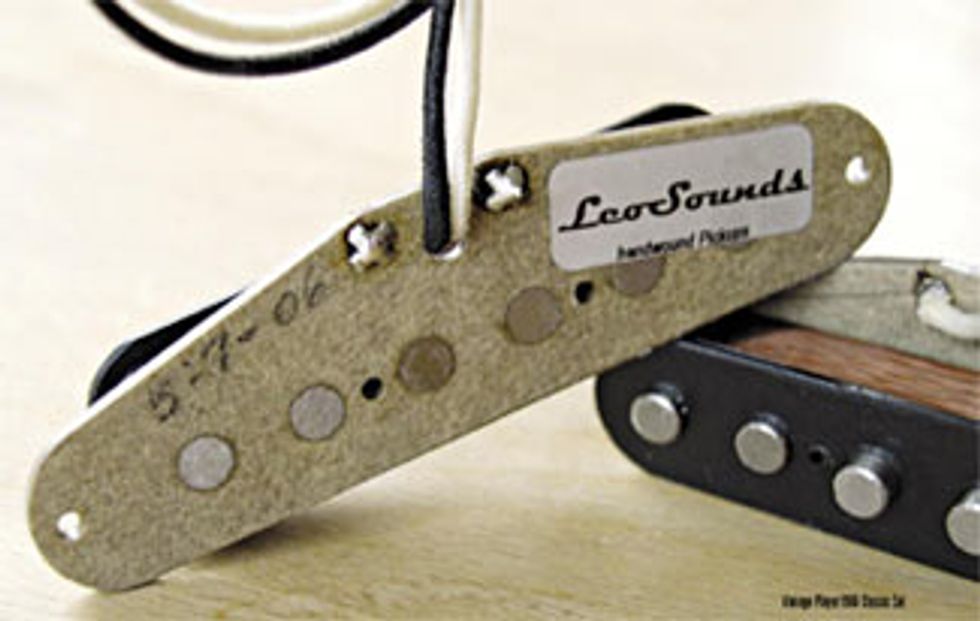 Choices in replacement pickups cover a broad spectrum of possibilities, from “well, these work” to “are they smudged with beer and sweat from 1959?” Most of us don’t seek either extreme, but still want something that satisfies both our ears and our senses, especially when it comes to the recreation of classic components. LeoSounds, a company based in Germany, heeded that call. They provided us with two sets of their Vintage Player Strat pickups, part of their collection of meticulously hand-built yet sensibly priced pickups.
Choices in replacement pickups cover a broad spectrum of possibilities, from “well, these work” to “are they smudged with beer and sweat from 1959?” Most of us don’t seek either extreme, but still want something that satisfies both our ears and our senses, especially when it comes to the recreation of classic components. LeoSounds, a company based in Germany, heeded that call. They provided us with two sets of their Vintage Player Strat pickups, part of their collection of meticulously hand-built yet sensibly priced pickups. Shipping and Handling
The pickups, rolled in bubble-wrap, arrived in a plain cardboard shipping container with no additional paperwork. While this reviewer tends to look askance upon pickups sheathed in silk pouches sporting multiple hand-signed hang tags, it would be nice to see LeoSounds provide some documentation along with their product in the form of technical specs, wiring instructions, and/or some overview of the pickups and other products they offer.
Lack of paperwork aside, LeoSounds has done a brilliant job of recreating the classic pickups that made the Stratocaster such a legendary tone machine. Although based in Germany, LeoSounds uses wire manufactured in the United States with historically correct insulation to build these gems. The Vintage Player 1956 Classics are scatter-wound with AWG 42 wire insulated with dark golden Formvar and built on a baseplate of black vulcanized fibre. The Vintage Player 1966 Classics also use AWG 42 wire, but are insulated with plain enamel, giving the windings a brownish-purple hue; the baseplate is period-correct gray fibre. The hookup wires are sheathed in black and white cotton cloth and the pickups are wax potted. Claiming an accuracy of .1mm (.004”) in their reproduction of magnet polepiece lengths, LeoSounds use a special Alnico-5 derivative to copy the somewhat smaller portion of cobalt found in older pickups, then bevels the edges for a spot-on recreation of their ancestors. I’ve only handled a few vintage Strat pickups over the years (and I have one mid-sixties Strat pickup tucked away to help pay for my son’s college tuition) but, to my senses, these pups nail the vintage look and feel.
“...LeoSounds has done a brilliant job of recreating the classic pickups that made the Stratocaster such a legendary tone machine. Although based in Germany, LeoSounds uses wire manufactured in the United States with historically correct insulation to build these gems.”
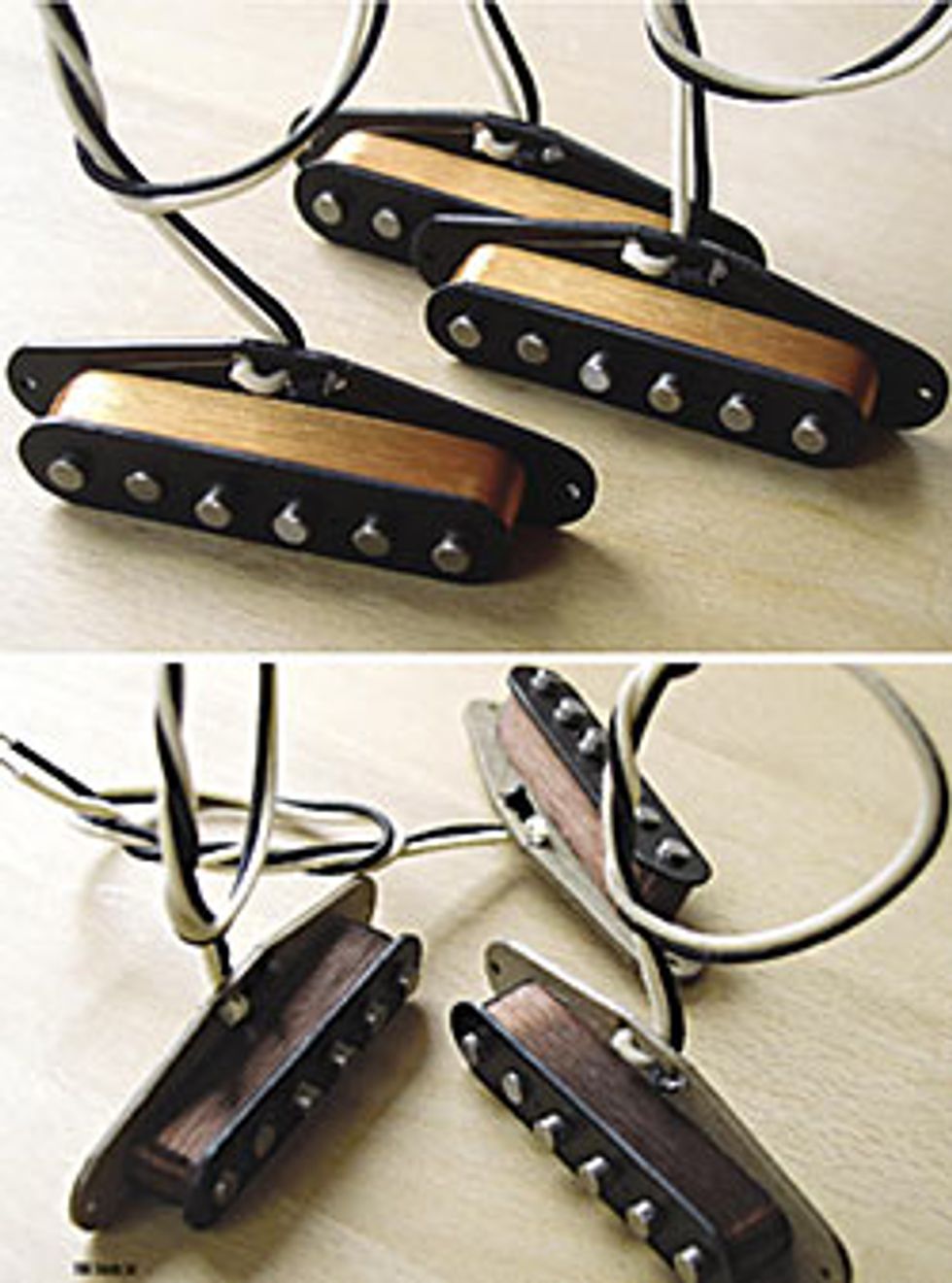 For testing purposes, I loaded the pick-ups into a Yamaha Pacifica. No, it didn’t have the “F” name on the headstock, but the alder body, flat headstock, rosewood fretboard and 25-1/2” scale length are all Leo-approved. Installation was a breeze, and particular note should be made of the moderately stiff cotton-covered lead wires. Unlike the slinky vinyl of many modern replacement pickups, this stuff can be easily shaped to fit the cavity routing and it stays put – no wire ties necessary. Because of the wax potting, I had to tap the mounting screw holes before the screws would thread properly, but any techhead will be used to this small step.
For testing purposes, I loaded the pick-ups into a Yamaha Pacifica. No, it didn’t have the “F” name on the headstock, but the alder body, flat headstock, rosewood fretboard and 25-1/2” scale length are all Leo-approved. Installation was a breeze, and particular note should be made of the moderately stiff cotton-covered lead wires. Unlike the slinky vinyl of many modern replacement pickups, this stuff can be easily shaped to fit the cavity routing and it stays put – no wire ties necessary. Because of the wax potting, I had to tap the mounting screw holes before the screws would thread properly, but any techhead will be used to this small step. The Sound of Vintage
Both sets are remarkably similar in sound and response. The dominant quality is a lacy and pleasantly metallic high end along with a very punchy midrange response. High-frequency details such as the scrape of the pick attack and fret-hand noise are prominent, yet there is no harshness evident. The mids generate both authority in picking attack and warmth behind the notes. Bass frequencies are present and accounted for, but with a tight, focused presence that underlies and supports the pickups’ fundamental personality rather than adding something that wasn’t there in Leo’s original creations. Each pickup position has its own distinct personality, and the combination positions (neck-plus-middle and middle-plus-bridge) deliver barnyards of cluck and quack.
As one would expect from a vintage-modeled pickup, the Vintage Player sets work best with amplifiers and signal paths ranging from clean to moderately distorted. I loved pairing these pups with my 50- and 100-watt rigs; a late ‘70s silverface Fender Pro Reverb and the clean channel of a Carvin V3 gave plenty of support and warmth to the Vintage Players and would be ideal candidates for amplifying these pickups in a trio or quartet setting. The Vintage Players also excelled when more gain was added with either a preamp boost or an appropriate pedal. My Lovepedal COT50 was perfect, adding appropriate sizzle and grind, but a ProCo Rat 2 pushed these transducers towards the steel-wool-in-your-ear zone, even with the low-pass filter rolled to max. By the way, microphonic feedback was never a problem, even when the gain and volume grew beyond anything Leo ever imagined back when Eisenhower was president. I also loved these pickups through headphones, whether dead clean, mildly overdriven, or garnished with a few tasteful effects. I listened extensively through both a Mesa Boogie V-Twin preamp and a Boss GT-3 multi-effects pedal using Sennheiser PX200 cans, and the underthe- microscope detail never generated anything like ear fatigue. On the contrary, the extra texture and personality that was revealed had me playing far longer than required for mere product analysis – always a sign of a great product. And all that high-end texture really paid off when I added mixes of reverbs, chorus, delay, and cotton-candy phasers and flangers with the GT-3.
The only caveat I would offer with regard to real-world use is the one thing any true single-coil fanatic will know all too well: hum. The standard Vintage Player sets come with an unreversed middle pickup, just as Leo made them for decades, and the usual sources of noise – neon lights, computer screens, dimmers, etc. – will broadcast mightily through them. A reverse-wound middle pickup is available for a modest additional charge.
The Final Mojo
With the Vintage Player series, LeoSounds offers a sensibly priced series of pickups that will satisfy the discriminating guitarist who is looking for both the classic tone and the classic look of Leo Fender’s original creations. Compare LeoSounds’ excellent build quality, tone and custom options (available on their website) to the bells and whistles of other manufacturers, and then take a look at the bottom line. You may be hearing the sound of LeoSounds in your axe very soon.
Buy if...
you love the sound, look and feel of vintage Strat pickups at a reasonable price.
Skip if...
you need hum-free operation and/or high-gain metalloid sounds.
Rating...
MSRP $204.23 - LeoSounds - leosounds.de |
Our expert has stated his case, now we want to hear yours. Log on and share your comments and ratings.


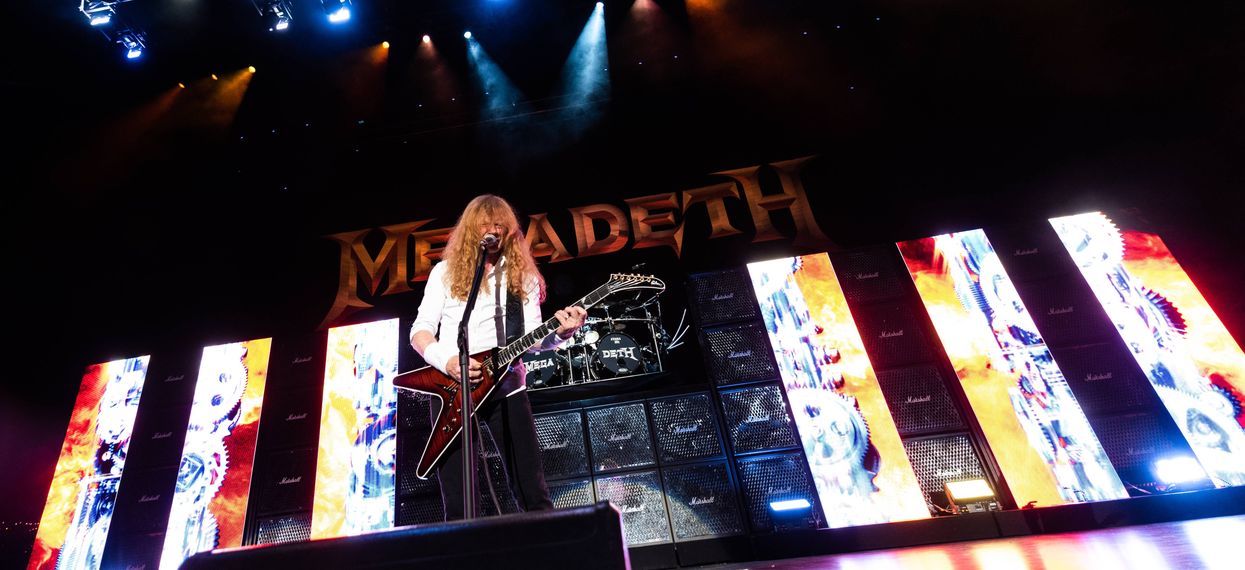
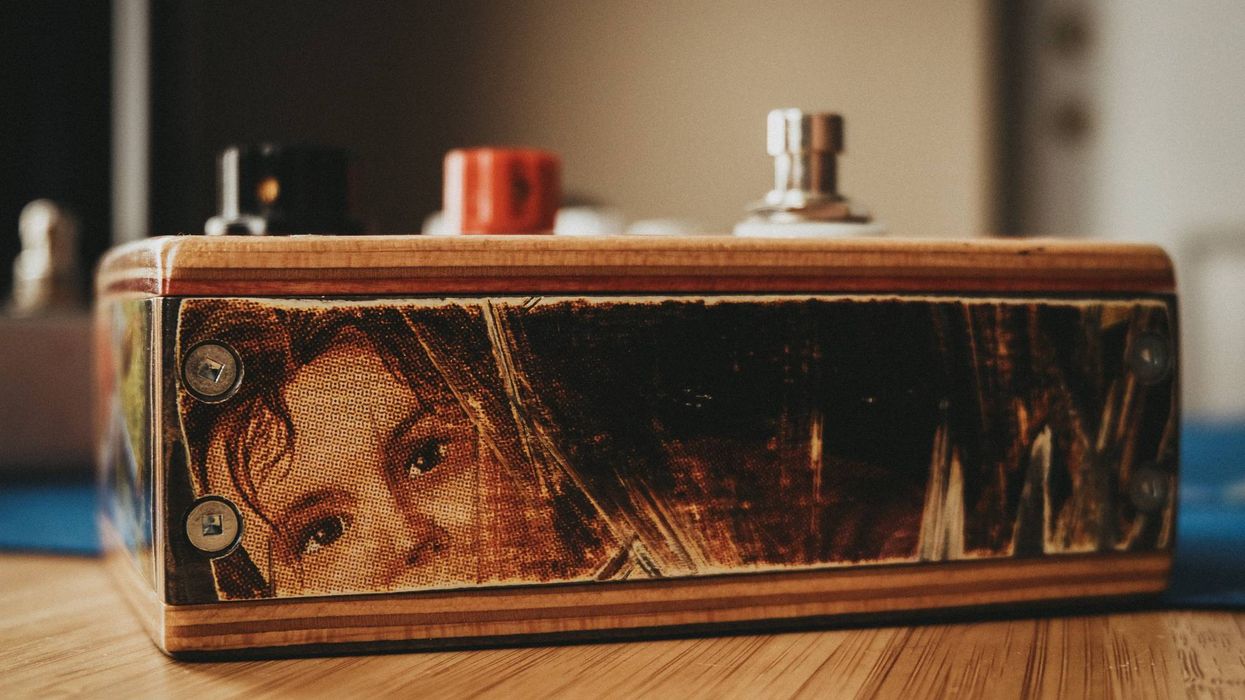
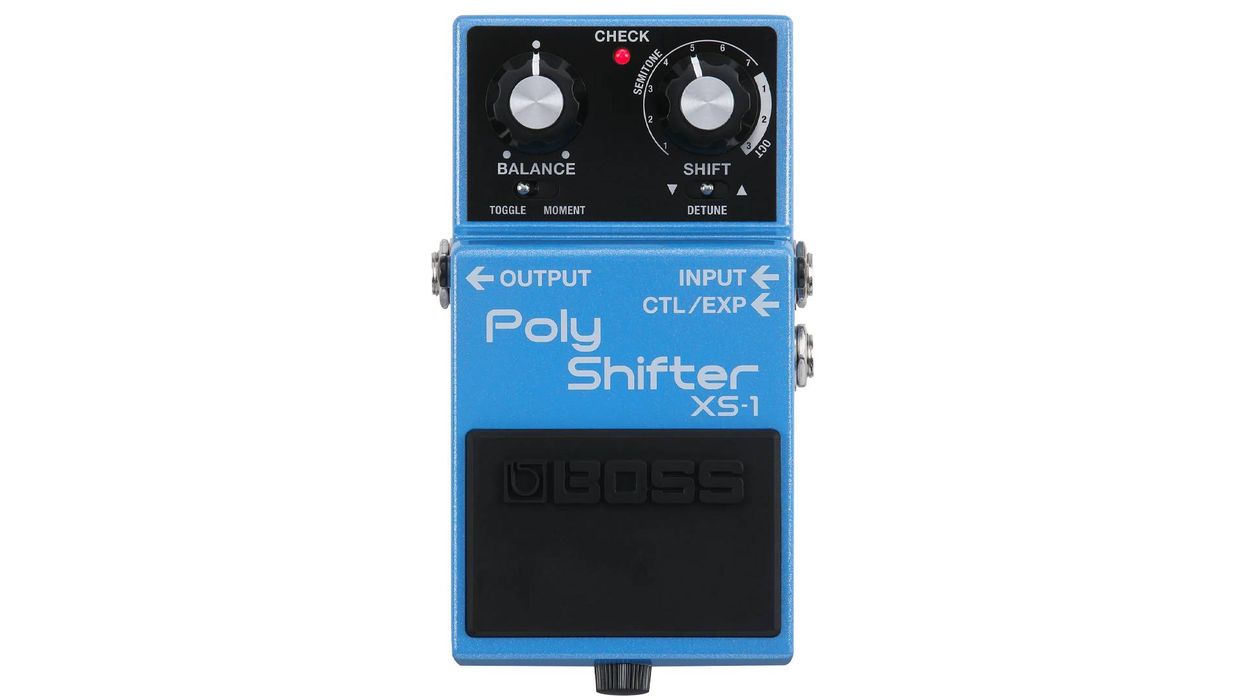
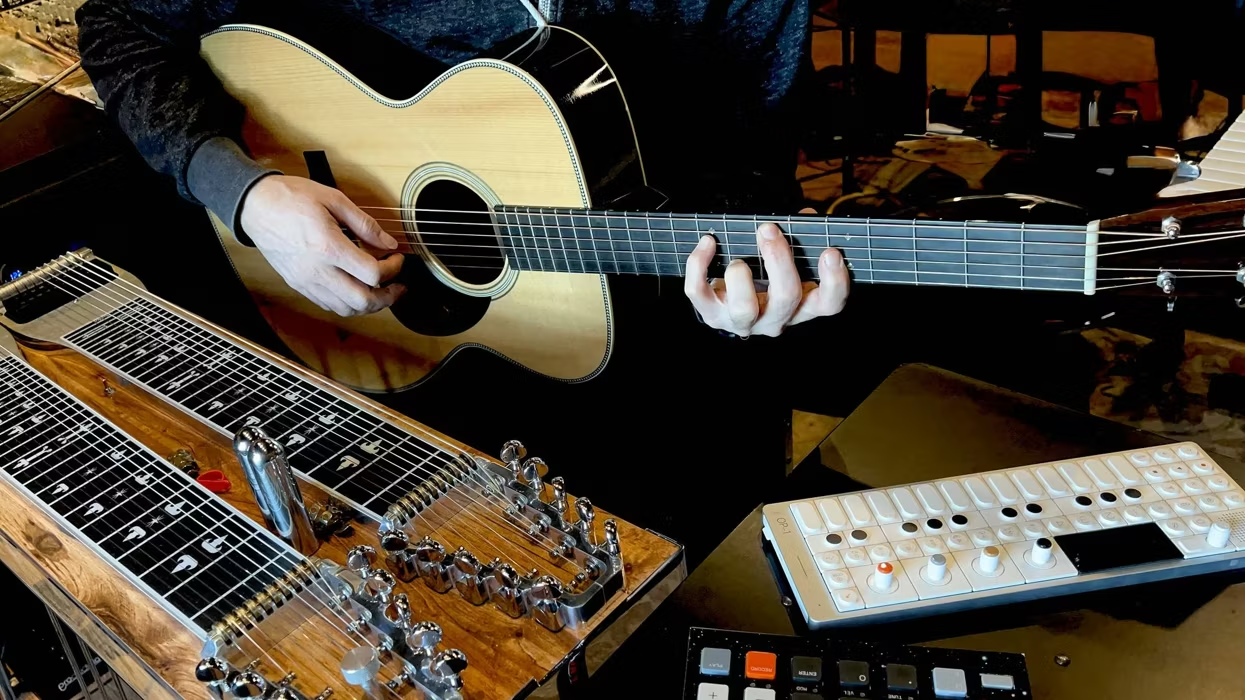





![Rig Rundown: Russian Circles’ Mike Sullivan [2025]](https://www.premierguitar.com/media-library/youtube.jpg?id=62303631&width=1245&height=700&quality=70&coordinates=0%2C0%2C0%2C0)


